

Articles
How To Use The Rice Cooker
Modified: February 29, 2024
Learn how to use the rice cooker effectively with these informative articles. Discover tips, tricks, and recipes for perfectly cooked rice every time.
(Many of the links in this article redirect to a specific reviewed product. Your purchase of these products through affiliate links helps to generate commission for Storables.com, at no extra cost. Learn more)
Introduction
Welcome to the world of convenient and delicious rice cooking! Whether you are a busy professional, a student, or someone who simply loves the taste of perfectly cooked rice, a rice cooker can be your best friend in the kitchen. Gone are the days of slaving over a hot stove, stirring and constantly checking to ensure your rice doesn’t turn into a sticky mess. With a rice cooker, all you need to do is add the rice, water, and press a button. It’s that simple!
In this article, we will guide you through the process of using a rice cooker to create fluffy, flavorful rice every time. We’ll cover everything from choosing the right rice cooker for your needs to troubleshooting common issues that may arise. So, grab your apron, and let’s get started on your journey to rice cooking mastery!
Key Takeaways:
- Choose the right rice cooker by considering capacity, features, brand, and budget. Invest in a quality product to enjoy convenient and flavorful rice cooking for years to come.
- Prepare, measure, and add seasonings to achieve perfectly cooked rice. Follow cooking time and temperature guidelines, check for doneness, and let the rice rest for optimal results.
Read more: How To Use A Small Rice Cooker
Choosing the Right Rice Cooker
When it comes to choosing a rice cooker, there are a few key factors to consider:
- Capacity: Determine how much rice you typically cook. Rice cookers come in various sizes, ranging from small ones that can cook a single serving to large ones that can handle enough rice for a family. Consider your household size and cooking needs when selecting the capacity.
- Features: Rice cookers come with a variety of features, such as different cooking modes (e.g., white rice, brown rice, sushi rice), delay timers, keep warm settings, and even the ability to steam vegetables or cook other grains. Think about the features that are important to you and choose a rice cooker that offers them.
- Brand and Reviews: Do some research and read reviews about different rice cooker brands. Look for ones with a good reputation for durability, performance, and customer satisfaction. This will help ensure that you invest in a quality product that will last for years to come.
- Budget: Consider your budget when choosing a rice cooker. There are many options available at different price points, so you can find one that suits both your culinary needs and financial constraints.
Remember, a good rice cooker is an investment in your kitchen, so take the time to choose one that meets your requirements and fits within your budget. With the right rice cooker by your side, you’ll be well on your way to enjoying perfectly cooked rice with minimal effort.
Preparing the Rice
Before you start cooking rice in your rice cooker, it’s important to take a few steps to prepare the rice properly:
- Measure the Rice: Use the measuring cup that came with your rice cooker or a regular measuring cup to measure the desired amount of rice. Typically, one cup of uncooked rice will yield two cups of cooked rice.
- Rinse the Rice: Rinse the rice under cold water until the water runs clear. This helps remove excess starch and any impurities from the rice. Place the rinsed rice in the cooking pot of the rice cooker.
- Soak the Rice (optional): Some rice varieties benefit from soaking before cooking. This can help improve the texture and make the rice fluffier. If you choose to soak the rice, cover it with water and let it sit for 15-30 minutes, then drain the water before adding it to the rice cooker.
By following these steps, you will ensure that your rice cooks evenly and produces the best possible results. Preparing the rice before cooking is an essential part of the process and shouldn’t be overlooked.
Measuring the Rice and Water Ratio
One of the most critical factors in achieving perfectly cooked rice is getting the right ratio of rice to water. Different types of rice may require slightly different ratios, so it’s important to follow the instructions specific to your rice cooker and the type of rice you are using. However, as a general guideline, the most common ratio is:
- For white rice: Use a 1:2 ratio of rice to water. For example, if you are cooking 1 cup of rice, add 2 cups of water. This ratio may vary slightly depending on the brand of rice cooker and the type of white rice being used.
- For brown rice: Use a 1:1.5 or 1:1.75 ratio of rice to water. The exact ratio may vary depending on the brand of rice cooker and the specific type of brown rice. It’s generally recommended to start with a 1:1.5 ratio and adjust as needed.
It’s important to note that the rice cooker’s measuring cup may not be the same as a standard measuring cup used for cooking. Always use the provided cup that came with your rice cooker for the most accurate results.
Once you’ve measured the rice and water according to the appropriate ratio, add both to the rice cooker’s cooking pot. Give it a gentle stir to ensure the rice is evenly distributed and submerged in the water. Now, you’re ready to move on to the next step – adding seasonings and ingredients.
Adding Seasonings and Ingredients
Rice doesn’t have to be plain and boring. You can enhance its flavor and add variety by incorporating seasonings and ingredients into your rice cooker. Here are a few ideas to get you started:
- Salt: Add a pinch of salt to enhance the natural flavor of the rice. This is a simple but effective way to season your rice.
- Herbs and Spices: Experiment with herbs and spices to infuse your rice with unique flavors. You can try adding a sprinkle of garlic powder, onion powder, paprika, or even some dried herbs like basil or thyme.
- Broth or Stock: Replace some or all of the water with vegetable, chicken, or beef broth to give your rice a savory taste. This works especially well if you’re planning to serve the rice as a side dish with meat or vegetables.
- Vegetables: Chop up some vegetables like carrots, peas, or bell peppers and add them to the rice cooker for a nutritious and colorful twist. The moisture from the vegetables will also contribute to the overall cooking process.
- Protein: For a complete one-pot meal, consider adding protein like diced chicken, shrimp, or tofu to the rice cooker. This will result in a flavorful and satisfying dish.
Remember to adjust the water accordingly if you’re adding ingredients that release moisture, such as vegetables or protein. You may need slightly less water to compensate for the extra liquid in the dish.
Once you’ve added the desired seasonings and ingredients, give everything a gentle stir to distribute them evenly. Now, it’s time to set the cooking time and temperature on your rice cooker.
Read more: How To Use The Oster Rice Cooker
Setting the Cooking Time and Temperature
Setting the cooking time and temperature on your rice cooker will ensure that the rice is cooked to perfection. The exact settings may vary depending on your rice cooker model, so refer to the manufacturer’s instructions for specific guidance. However, here are some general guidelines to follow:
- Cooking Modes: Most rice cookers come with pre-programmed cooking modes for different types of rice, such as white rice, brown rice, sushi rice, or even porridge. Select the appropriate mode for the type of rice you are cooking.
- Cooking Time: The cooking time can range anywhere from 20 to 40 minutes, depending on the type and quantity of rice. The rice cooker will automatically adjust the cooking time based on the mode you select, ensuring that the rice is cooked thoroughly.
- Keep Warm Function: After the rice is cooked, most rice cookers have a built-in “keep warm” function that will keep the rice warm and fresh for a certain period. This is especially useful if you’re not ready to serve immediately.
- Delay Timer (if available): Some advanced rice cookers come with a delay timer function, which allows you to set a specific time for the cooking process to start. This is handy if you want your rice to be ready at a specific time, such as when you arrive home from work.
Once you’ve selected the appropriate cooking mode and set the desired time and temperature, simply press the start button and let the rice cooker work its magic. Avoid opening the lid or stirring the rice during the cooking process, as this can disrupt the cooking and affect the final result.
Now that you’ve set the cooking time and temperature, all that’s left to do is wait for the rice cooker to work its magic and cook your rice to perfection. In the next step, we’ll check for doneness.
When using a rice cooker, always use the correct ratio of rice to water for the type of rice being cooked. Different types of rice may require different amounts of water for optimal results.
Cooking Rice in a Rice Cooker
Now comes the exciting part – cooking the rice in your rice cooker! Once you’ve prepared the rice, measured the water, and added any desired seasonings or ingredients, it’s time to start the cooking process. Here’s how it’s done:
- Close the Lid: Make sure the lid of the rice cooker is securely closed. This will allow the rice to cook evenly and retain moisture.
- Start the Cooking Process: Depending on your rice cooker model, press the appropriate button for the type of rice you are cooking. If your rice cooker doesn’t have specific modes, simply press the “Cook” or “Start” button.
- Monitor the Cooking Process: Once the cooking process has begun, you can sit back and relax. The rice cooker will automatically adjust the cooking time and temperature to ensure that the rice is cooked to perfection. Avoid opening the lid or stirring the rice, as this can disrupt the cooking process.
- Wait for the “Keep Warm” Function: After the rice is fully cooked, most rice cookers will automatically switch to the “keep warm” function. This will keep the rice warm and fresh until you’re ready to serve.
Depending on the size and type of rice you’re cooking, it may take anywhere from 20 to 40 minutes for the rice to cook completely. During this time, your kitchen will be filled with a delightful aroma as the rice steams and absorbs the flavors of any additional ingredients you’ve added.
Keep in mind that the cooking time may vary slightly, depending on factors such as the power of your rice cooker and the quantity of rice being cooked. It’s always a good idea to refer to the manufacturer’s instructions for precise cooking times and guidelines.
Once the rice is fully cooked, it’s important to check for doneness before serving. Let’s explore how to do that in the next step.
Checking for Doneness
Checking for doneness is a crucial step to ensure that your rice is perfectly cooked and ready to be served. Here are a few methods you can use to check if the rice is done:
- Visual Inspection: Open the lid of the rice cooker and visually inspect the rice. The grains should be tender and separate. If the rice looks undercooked and there is still visible water in the pot, close the lid and let it cook for a few more minutes.
- Taste Test: Take a small amount of rice and taste it to determine if it’s cooked to your desired texture. The rice should be soft and fully cooked, but not mushy or overly sticky. Adjust the cooking time accordingly if the rice is not done to your liking.
- Texture Check: Use a fork or spoon to fluff the rice gently. The grains should easily separate and have a light and fluffy texture. If the rice is clumpy or sticking together, it may need more cooking time.
- Internal Temperature: Use a food thermometer to check the internal temperature of the rice. It should read around 200°F (93°C) for fully cooked rice.
If the rice is not fully cooked, close the lid of the rice cooker and let it continue cooking for a few more minutes. Be cautious not to overcook the rice, as it can become mushy and lose its texture.
Once the rice has reached your desired level of doneness, it’s time to let it rest. This step is important to allow the rice to fully absorb any remaining moisture and settle before serving.
Letting the Rice Rest
After the rice has finished cooking, it’s essential to let it rest for a short period before serving. This resting period allows the rice to settle and fully absorb any remaining moisture, resulting in a better texture and flavor. Here’s how to let your rice rest:
- Turn Off the Rice Cooker: Once the rice has reached your desired level of doneness, turn off the rice cooker and unplug it from the power source. This will ensure that the rice stops cooking and doesn’t become overcooked.
- Keep the Lid Closed: Resist the temptation to open the lid immediately after cooking. Keeping the lid closed during the resting period helps retain heat and moisture, allowing the rice to continue cooking gently and evenly.
- Resting Time: Let the rice rest for about 5 to 10 minutes, depending on the quantity of rice and the type of rice you are cooking. This resting time allows the steam to redistribute within the rice grains, resulting in a more even texture.
During the resting period, you can use this time to prepare any additional side dishes or gather your plates and utensils. By allowing the rice to rest, you’ll be rewarded with rice that is fluffy, flavorful, and ready to be served.
Once the resting period is over, it’s time to fluff the rice and serve it alongside your favorite dishes. Enjoy the fruits of your labor, knowing that you’ve mastered the art of cooking rice in a rice cooker!
Read more: How To Use Rice Cooker As A Steamer
Cleaning and Maintenance
Keeping your rice cooker clean and well-maintained is essential for its longevity and optimal performance. Here are some tips for cleaning and maintaining your rice cooker:
- Unplug and Cool Down: Before cleaning your rice cooker, always make sure it is unplugged and has completely cooled down to avoid any risk of electrical shock or burns.
- Remove and Clean Inner Pot: Remove the inner pot from the rice cooker and wash it with warm, soapy water. Use a non-abrasive sponge or cloth to gently scrub off any food residue. Rinse thoroughly and let it air dry.
- Clean the Exterior: Wipe down the exterior of the rice cooker with a damp cloth or sponge. Avoid using harsh chemicals or abrasive cleaning agents, as they may damage the surface of the rice cooker.
- Remove Mineral Deposits: If you notice mineral deposits or hard water stains on the inner pot or heating plate, you can use a mixture of equal parts vinegar and water to remove them. Let the mixture sit for a few minutes, then scrub gently with a soft brush or cloth. Rinse thoroughly with water afterward.
- Prevent Rice Sticking: To prevent rice from sticking to the bottom of the pot, consider adding a small amount of cooking oil before cooking the rice. This will create a thin layer of oil that helps prevent sticking.
- Regular Maintenance: Follow the manufacturer’s instructions for any additional maintenance tasks specific to your rice cooker model. This may include periodic descaling if your rice cooker has a built-in descaling function.
By regularly cleaning and maintaining your rice cooker, you’ll not only increase its lifespan but also ensure that your cooked rice is always of high quality and free from any lingering odors or flavors.
With proper care and maintenance, your rice cooker will continue to serve you delicious rice for many meals to come.
Troubleshooting Common Rice Cooker Issues
While rice cookers are generally reliable and easy to use, occasional issues may arise. Here are some common problems you may encounter with your rice cooker and their potential solutions:
- Rice Sticking to the Bottom: If the rice is sticking to the bottom of the pot, you may need to adjust the rice-to-water ratio. Try increasing the amount of water slightly or using a non-stick cooking spray or a small amount of oil when cooking.
- Inconsistent Rice Texture: If you find that the rice has inconsistent texture, it could be due to uneven mixing or improper measuring. Make sure to stir the rice and water mixture well before starting the cooking process, and ensure that you’re using the correct measuring cup provided with the rice cooker.
- Burnt Smell or Taste: If you notice a burnt smell or taste in your rice, it may be an indication that the heat setting is too high. Lower the heat or cooking time to prevent excessive heat and ensure even cooking.
- Rice Not Fully Cooked: If the rice is not fully cooked after the designated cooking time, it may indicate a malfunctioning rice cooker. Check the power supply and make sure the rice cooker is functioning properly. If the issue persists, you may need to contact the manufacturer for assistance.
- Condensation Overflow: During cooking, condensation may collect on the lid and drip back into the pot, causing an overflow. To prevent this, wipe the excess condensation from the inside of the lid before opening it. You can also reduce the water slightly to minimize condensation.
- Steam Leakage: If you notice steam leaking from the sides or lid of the rice cooker, ensure that the lid is properly closed and sealing tightly. If there are any cracks or damage to the sealing mechanism, consider replacing the rubber gasket or contacting the manufacturer for assistance.
If you encounter any other issues or if the problem persists despite troubleshooting, it’s recommended to refer to the manufacturer’s instructions or contact their customer support for further guidance and assistance.
By addressing these common issues, you can ensure consistent and satisfying results every time you use your rice cooker.
Conclusion
Congratulations! You’ve now become well-versed in the art of using a rice cooker to prepare delicious, fluffy rice with ease. By following the guidelines, you can consistently achieve perfectly cooked rice that will delight your taste buds and impress your family and friends.
Remember, choosing the right rice cooker is the first step towards rice cooking success. Consider the capacity, features, reviews, and your budget when selecting the perfect rice cooker for your needs. This will ensure that you have a reliable and high-performing appliance in your kitchen.
Preparing the rice, measuring the rice-to-water ratio, and adding seasonings and ingredients are crucial steps that affect the flavor and texture of the final dish. Taking the time to rinse the rice, soak it if necessary, and correctly measure the water will result in consistently delicious rice every time.
Setting the appropriate cooking time and temperature is essential for properly cooking the rice. Whether you’re using the pre-programmed modes or manual settings, following the instructions specific to your rice cooker model will ensure optimal results.
After the cooking process is complete, make sure to check for doneness by visually inspecting the rice, performing a taste test, and checking the texture. This will help you avoid undercooked or overcooked rice.
Letting the rice rest after cooking is a crucial step to allow the flavors to meld and the rice to settle. Use this time to prepare your plates and side dishes, and ensure that the rice is at its peak before serving.
Lastly, cleaning and maintaining your rice cooker will prolong its lifespan and keep it in excellent working condition. Regularly clean the inner pot, exterior, and remove any mineral deposits to ensure optimal performance with each use.
In the event of any troubleshooting issues, use the provided solutions as a guide, and if needed, consult the manufacturer’s instructions or contact customer support for further assistance.
Now, armed with the knowledge and tips shared in this guide, you can confidently cook flavorful, perfectly cooked rice in your rice cooker. So go ahead, experiment with different rice types, seasonings, and ingredients, and enjoy the convenience of delicious rice at your fingertips!
Frequently Asked Questions about How To Use The Rice Cooker
Was this page helpful?
At Storables.com, we guarantee accurate and reliable information. Our content, validated by Expert Board Contributors, is crafted following stringent Editorial Policies. We're committed to providing you with well-researched, expert-backed insights for all your informational needs.
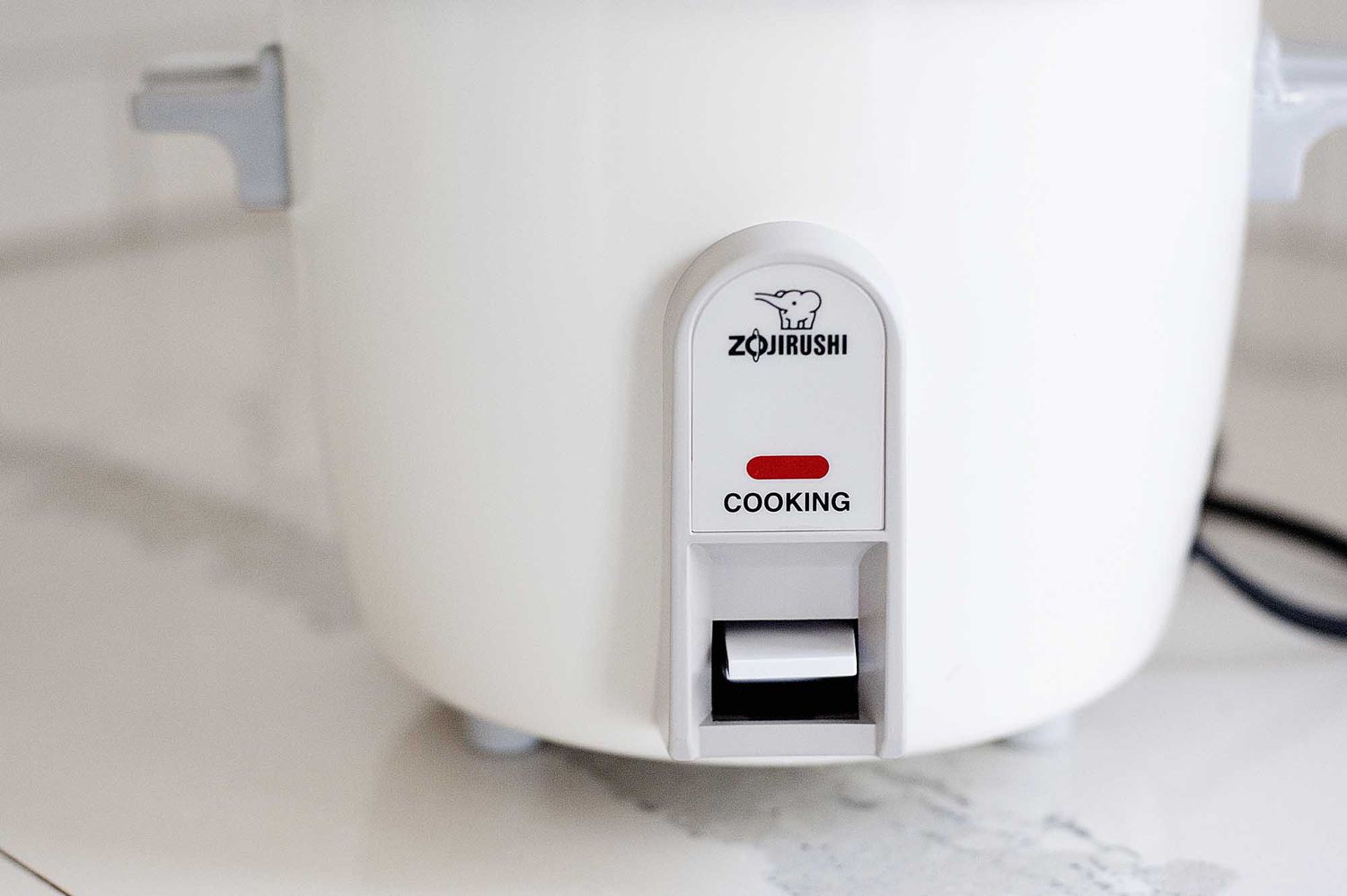
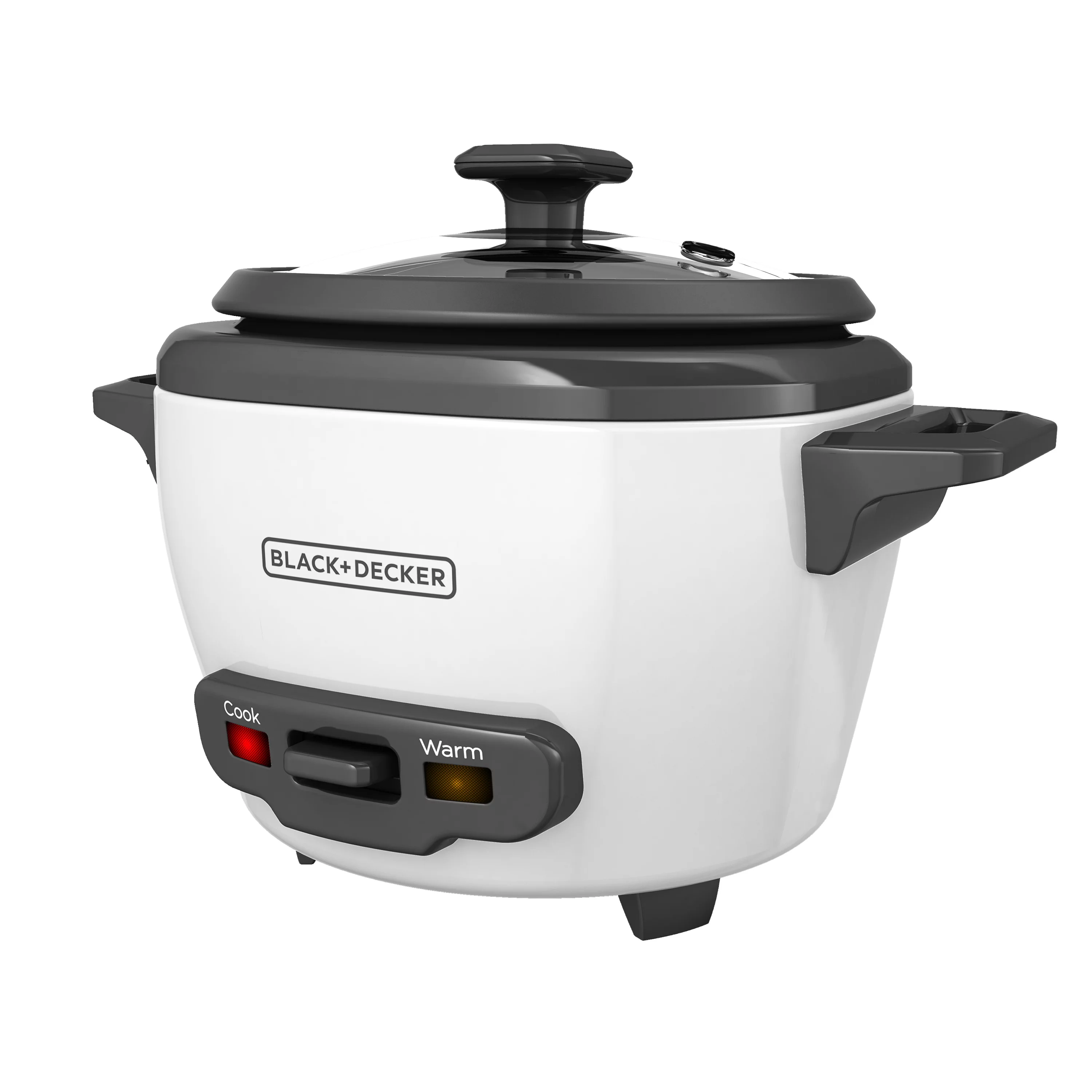
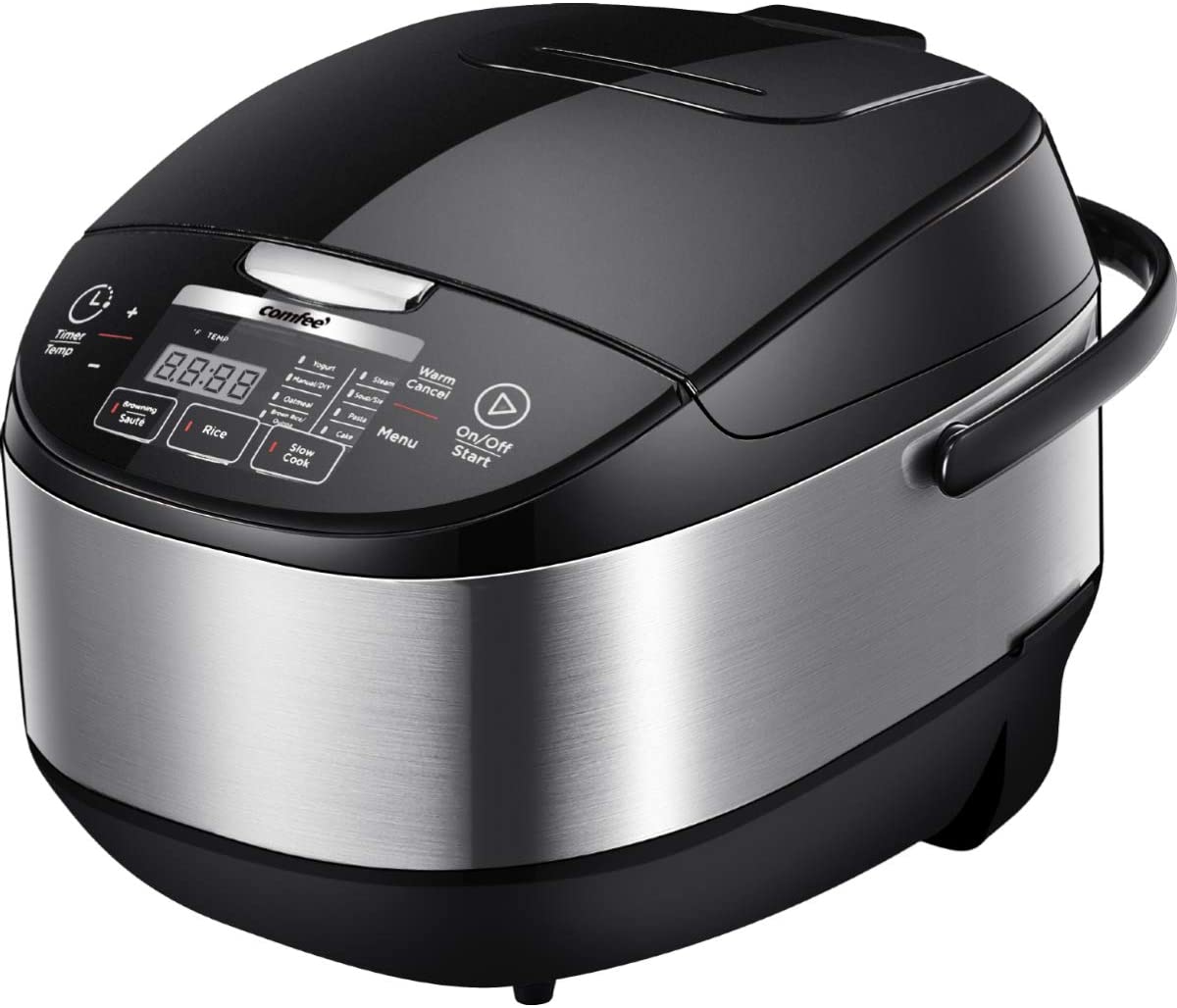
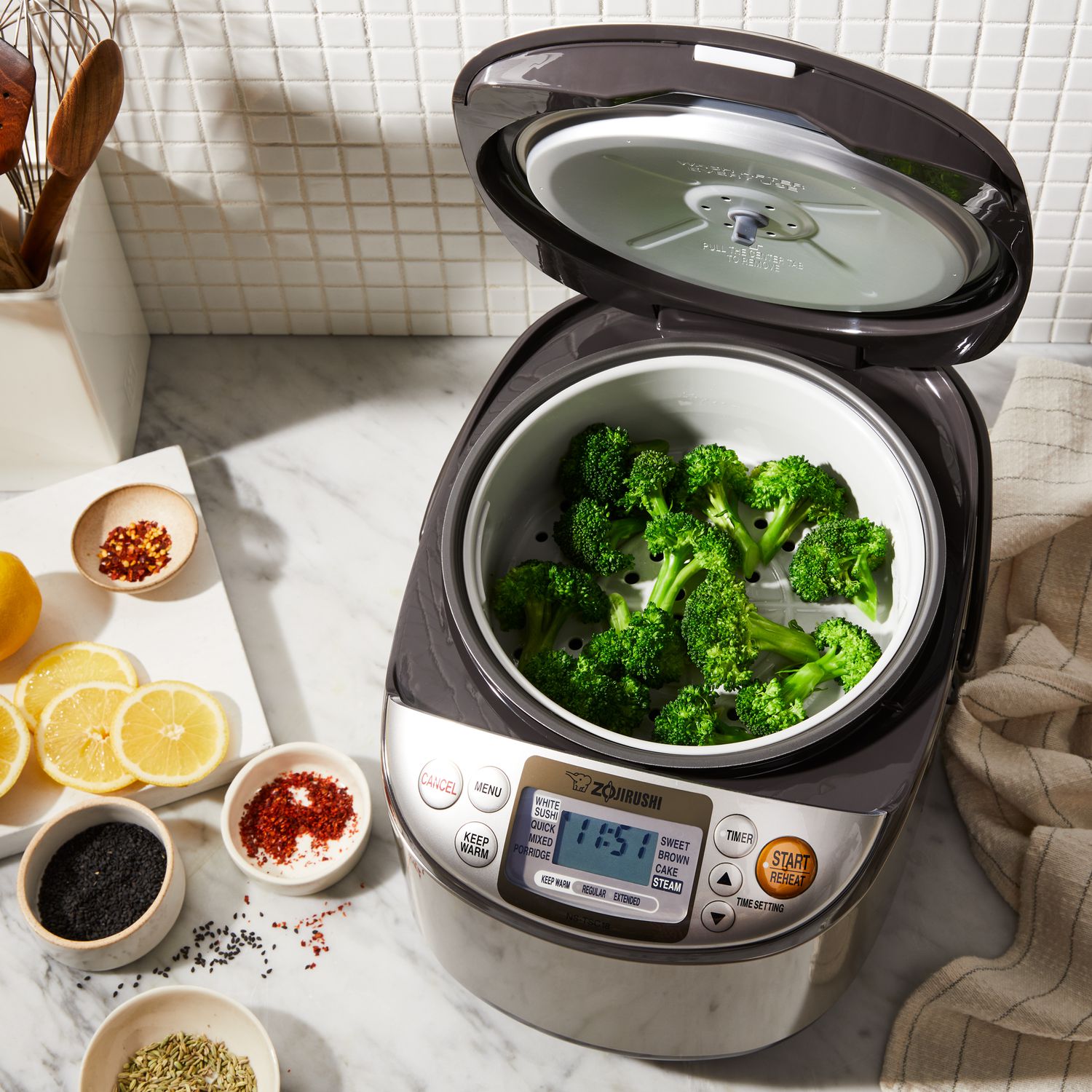
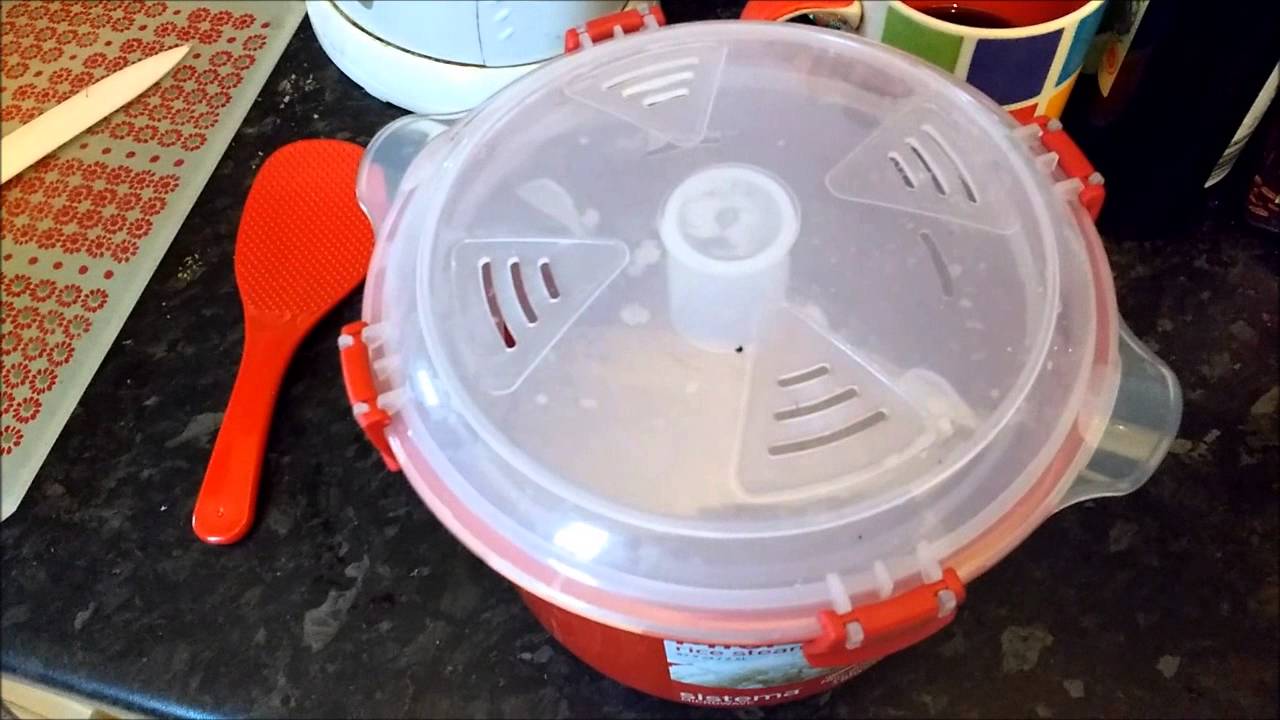
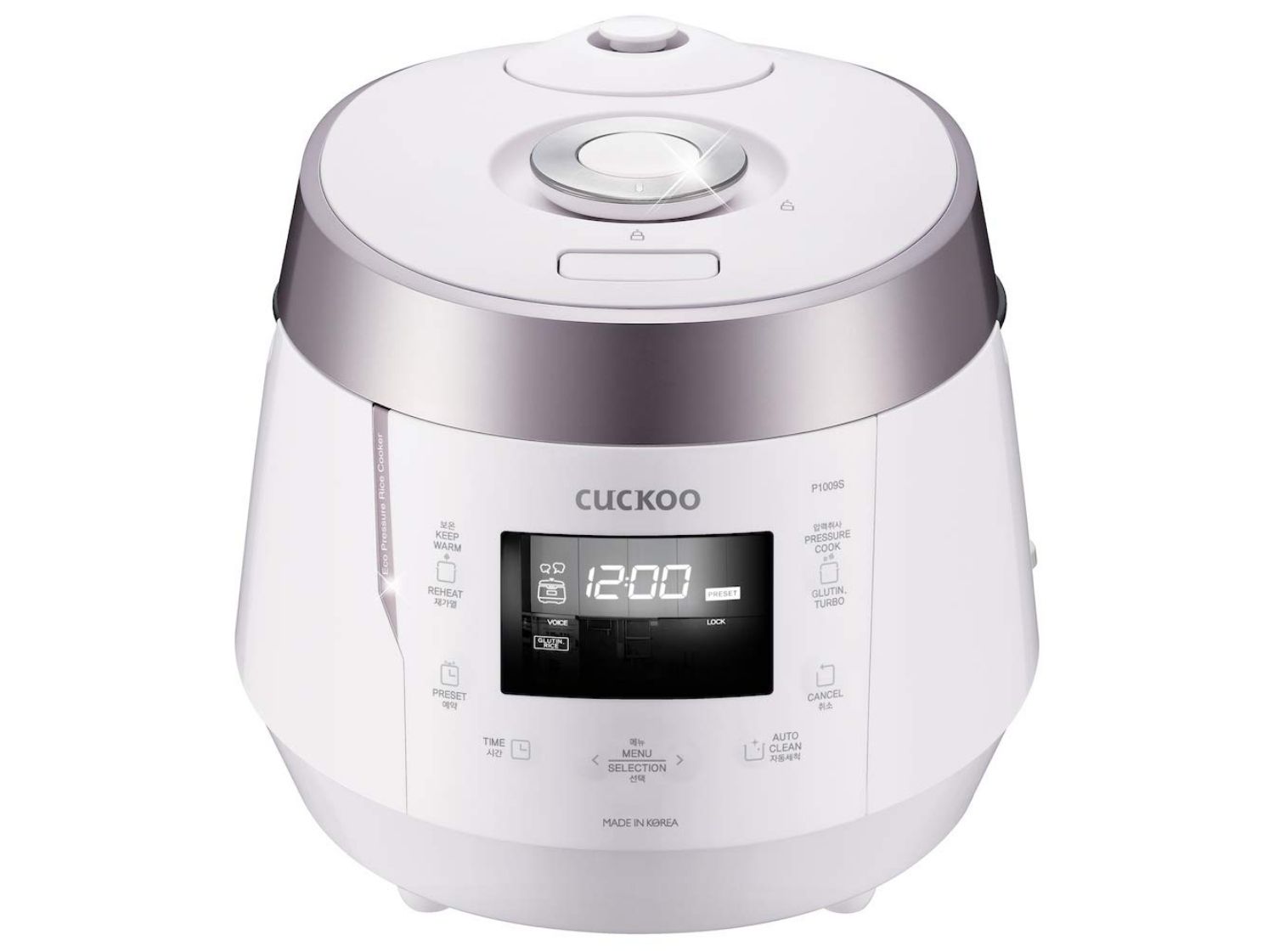
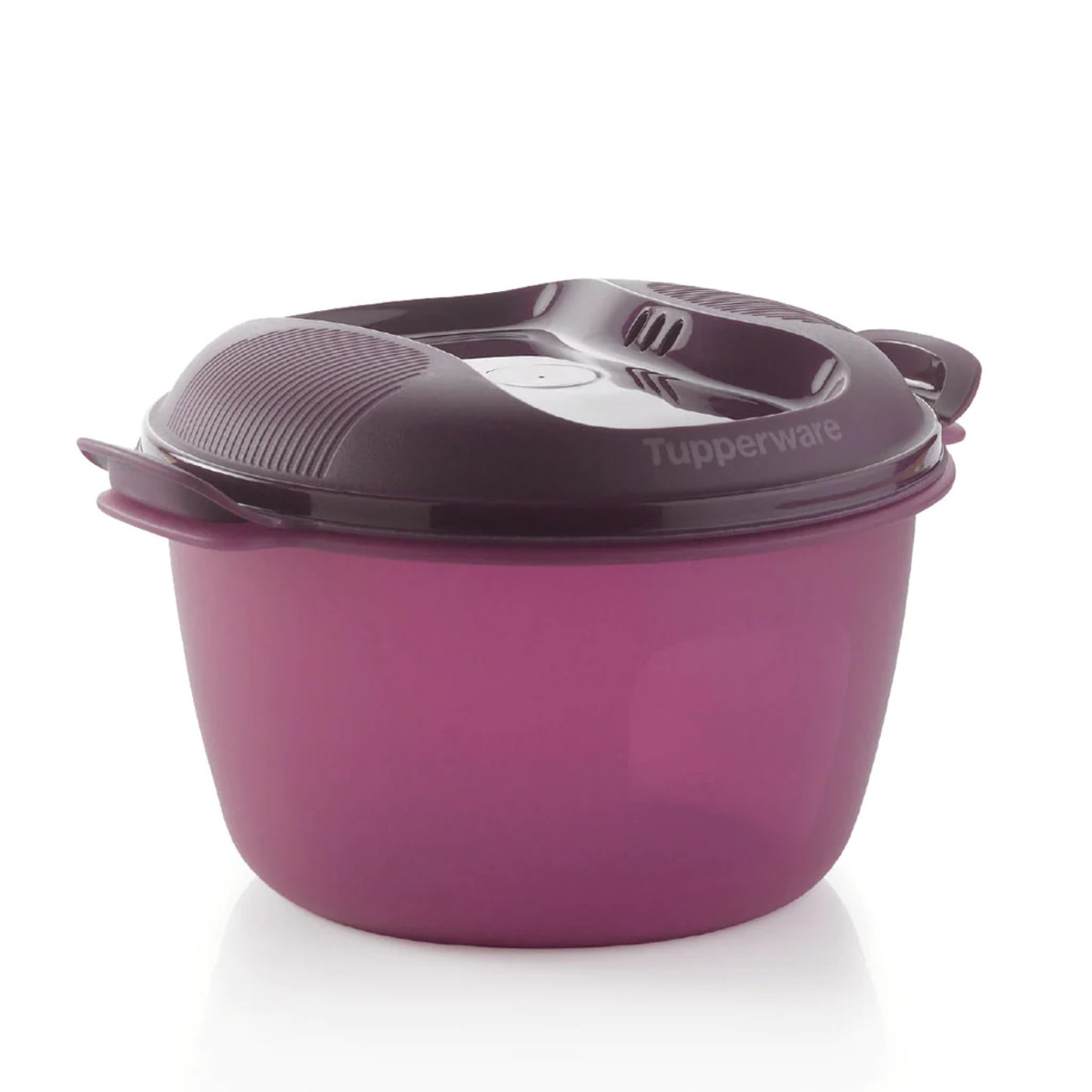
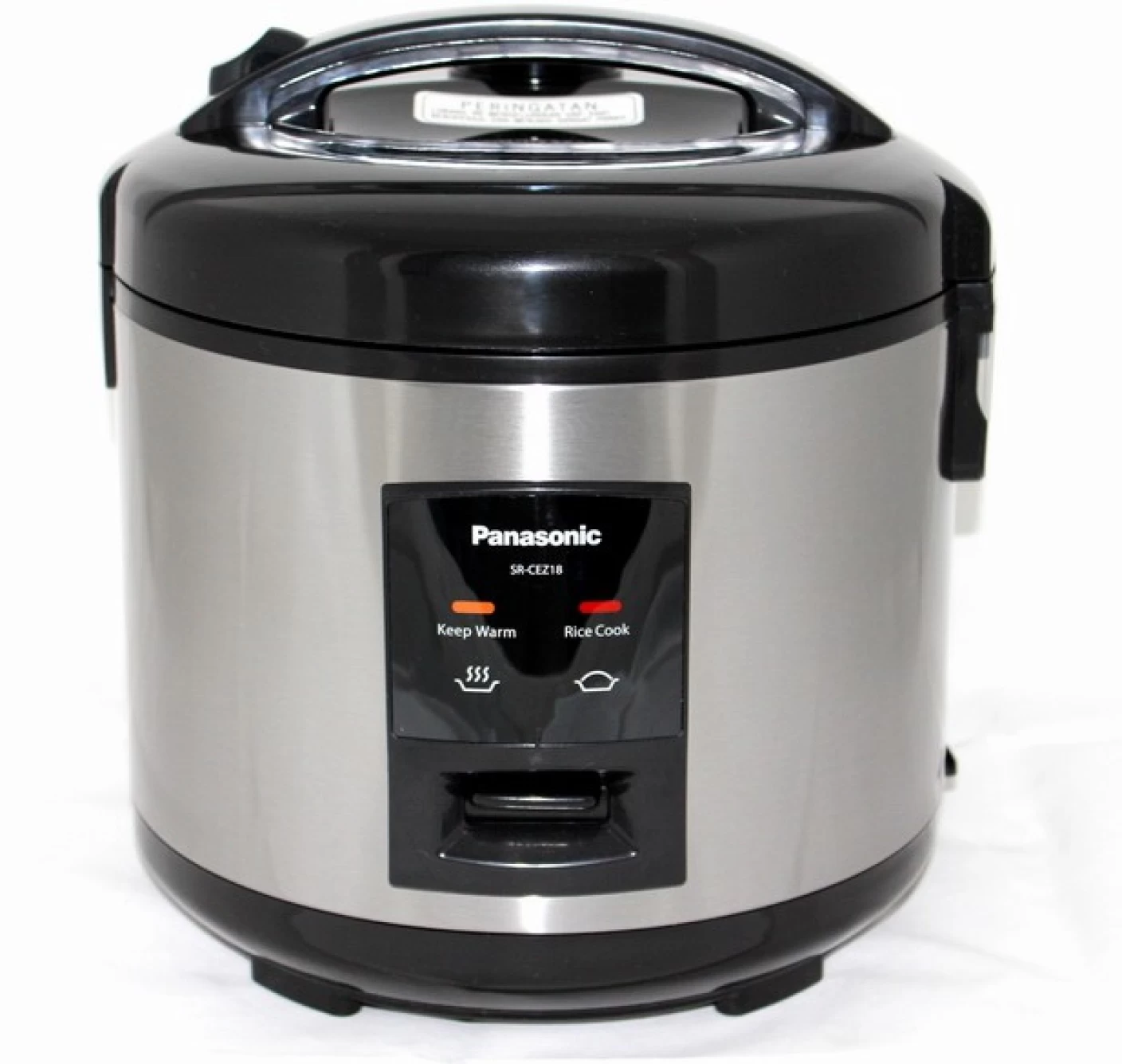
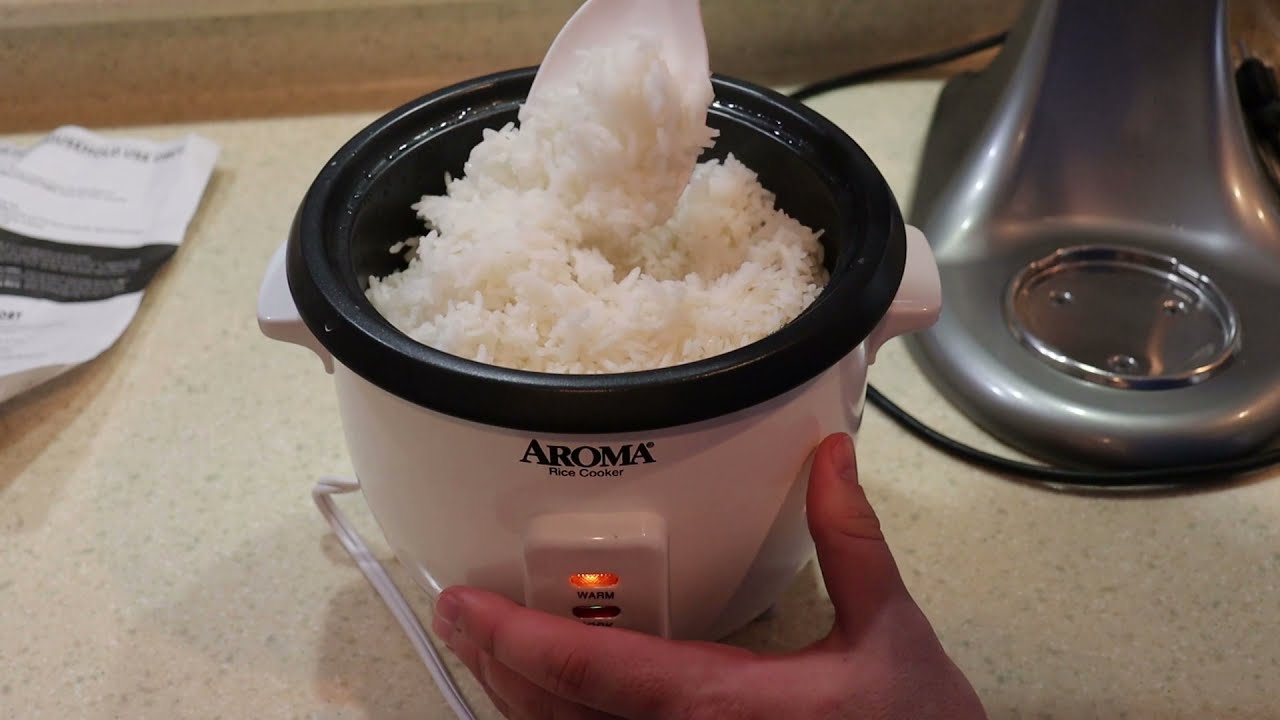
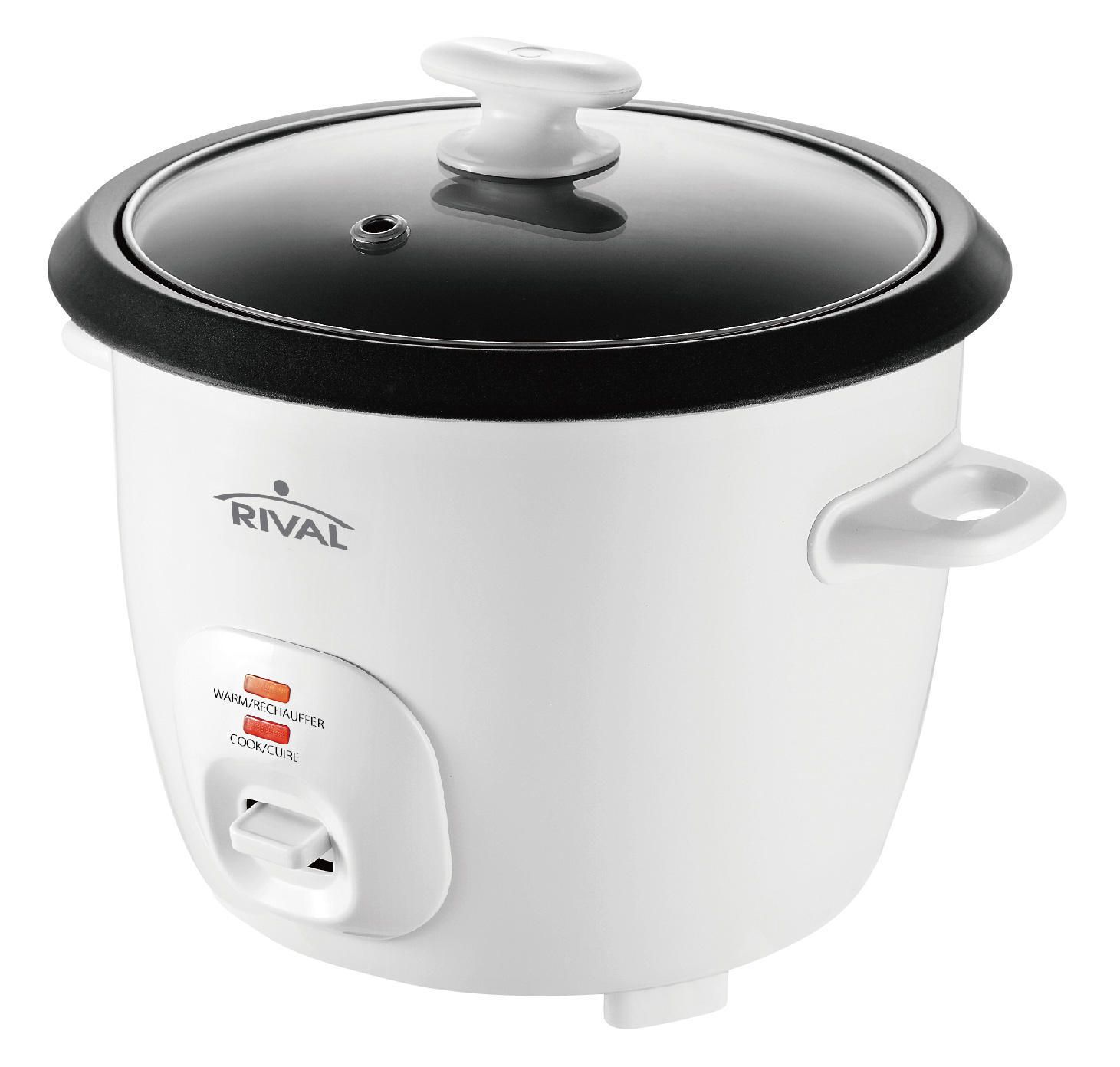
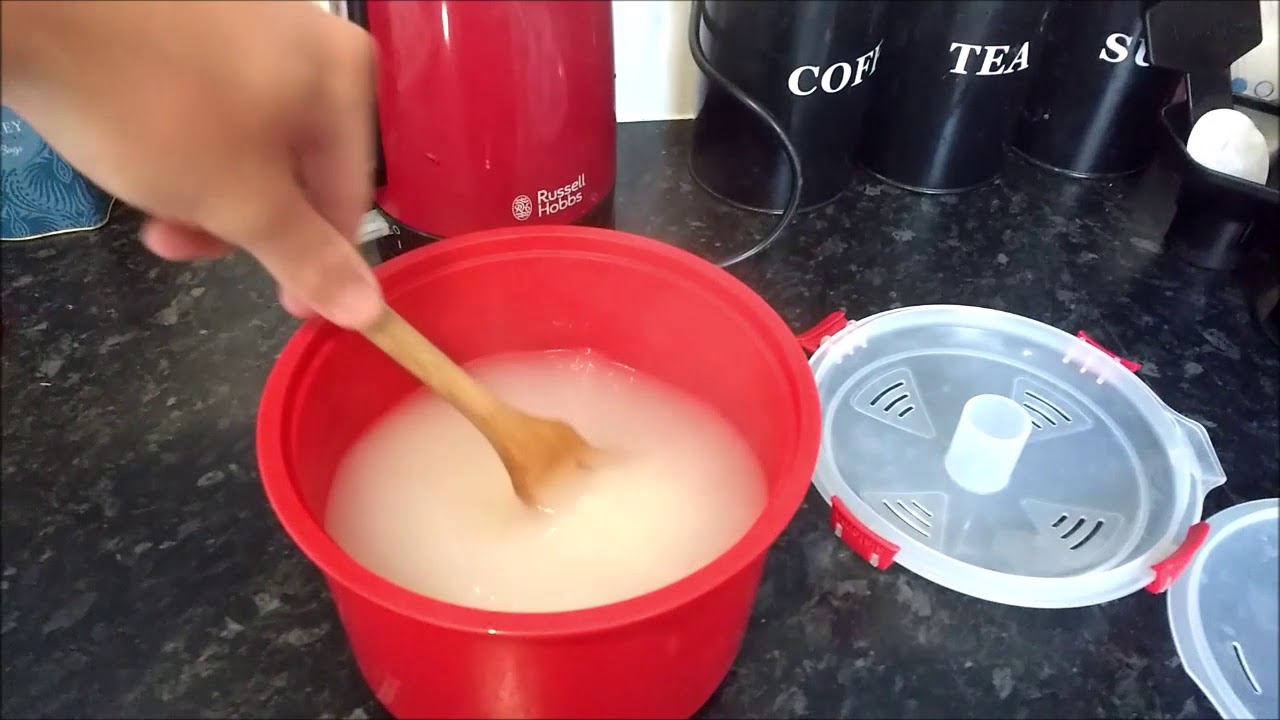
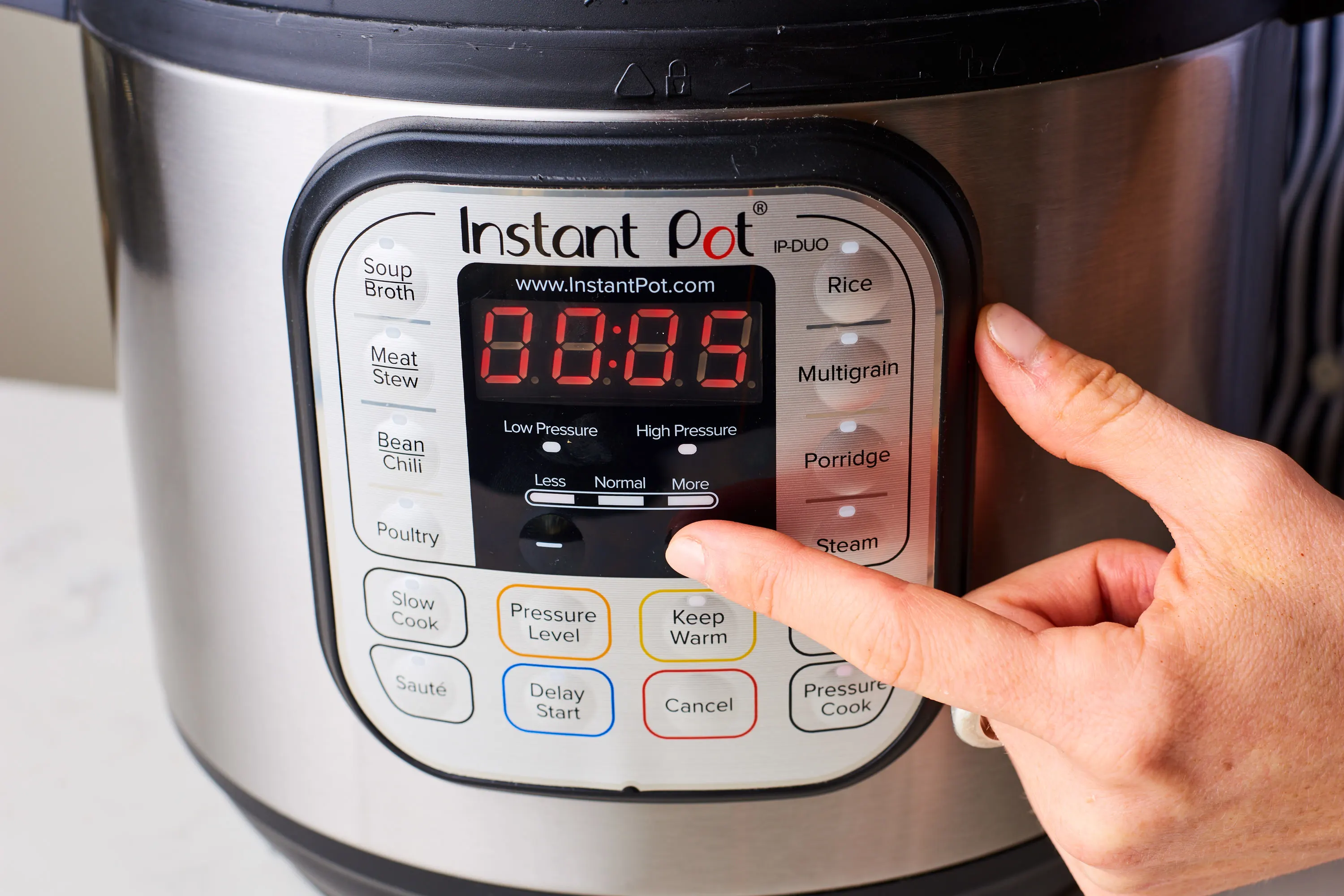
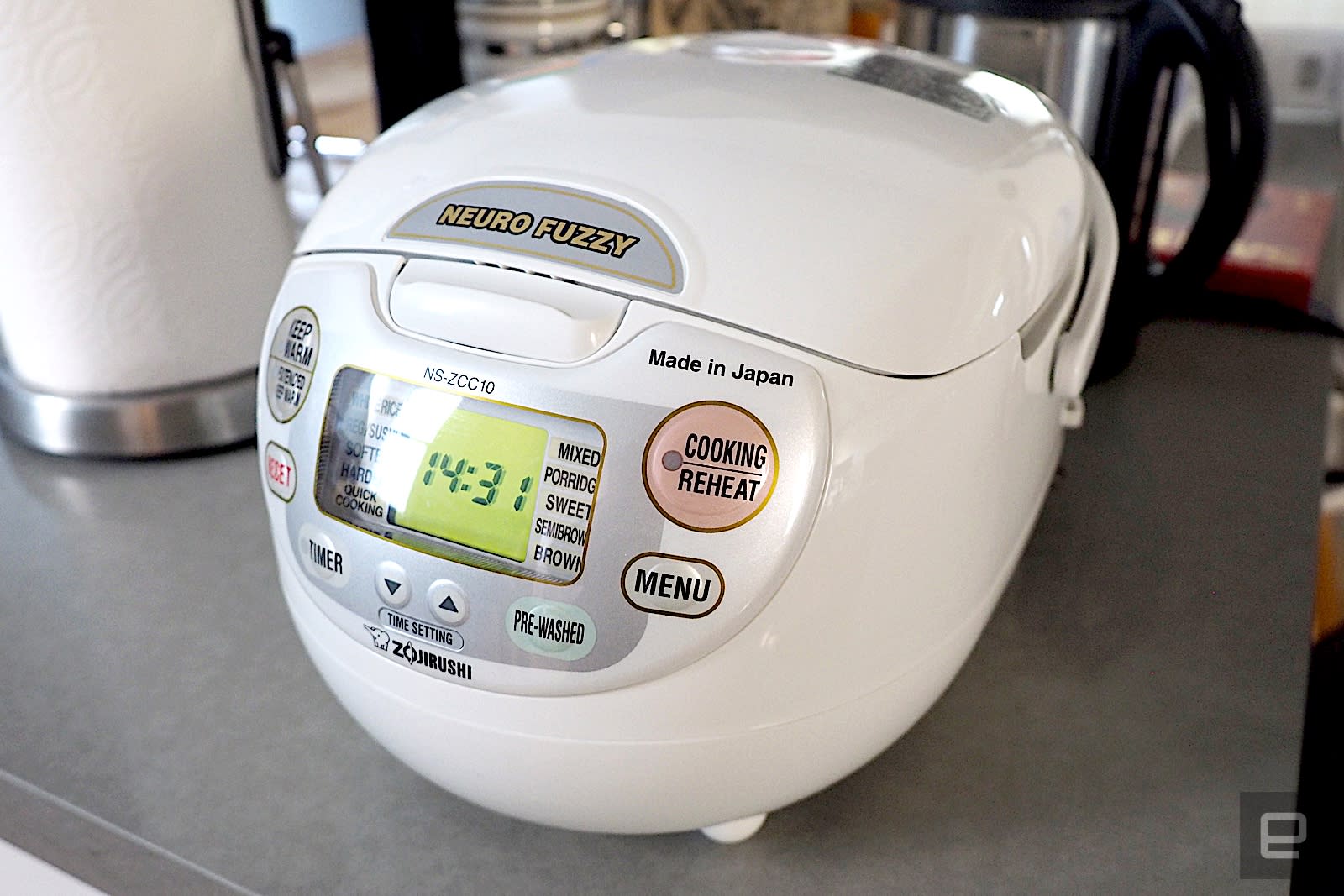

0 thoughts on “How To Use The Rice Cooker”